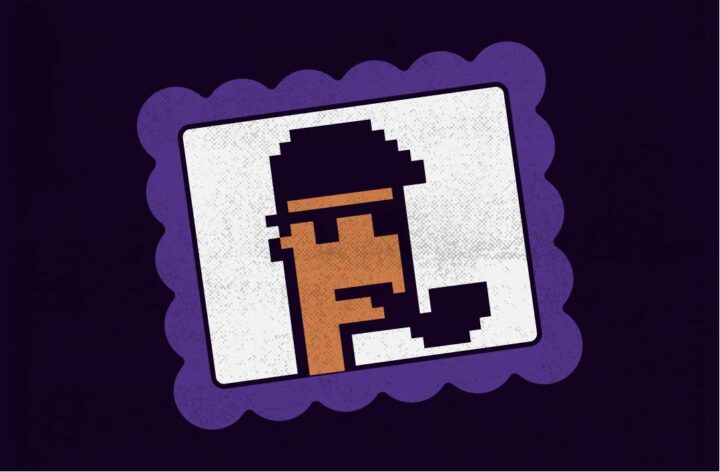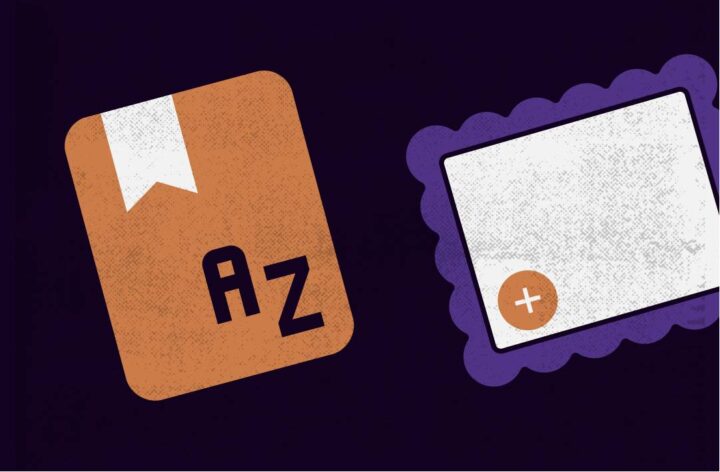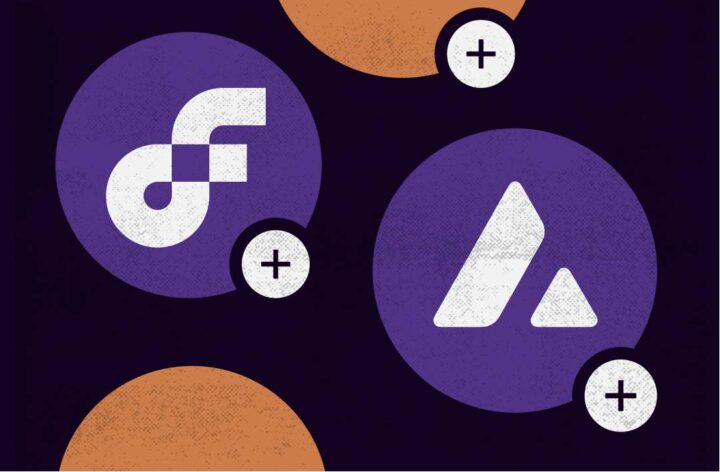How to Create Your Own NFT

However, NFT technology has gained the most popularity thanks to tokenized art objects, which has turned out to be a profitable revenue stream. For instance, tokens depicting pixel crypto punks or bored monkeys are sold at an OpenSea auction for millions of dollars. According to The Block, NFT sales in the art and collectibles category exceeded $118.5 million in the first week of February 2022.
Creating your own NFT on a particular blockchain and selling it for hundreds of thousands of dollars is one of the most desirable types of making money in 2022. So in this article, we will look at the basic steps to create an NFT on the most popular blockchains.
General Guidelines for Creating an NFT

Anyone can create their own NFT and sell it on a marketplace. In order to turn an art object, domain name, or financial document into a token, the user needs to do the following:
- determine the content that will later be tokenized;
- create a wallet on a particular blockchain (for example, the MetaMask wallet on Ethereum);
- choose a marketplace for the creation and further sale of the token.
Worth noting that each marketplace supports operations with tokens only in certain blockchains. The Open Sea marketplace, for example, allows NFT transactions only in Ethereum, Polygon, and Klaytn. In the case of the Avalanche blockchain, tokens can be created directly in the Avalanche Wallet. Solanart is a popular marketplace for creating NFTs on the Solana blockchain. The Block released data for the first week of February 2022, showing the largest blockchain networks in terms of NFT trading volume. They are:
- Ethereum — $640 million;
- Solana — $40.7 million;
- Ronin — $32.6 million.
Before creating your own NFT, users should take a close look at the features of the biggest platforms for NFT transactions, as well as their advantages and disadvantages.
Creating NFTs on Ethereum

One of the most popular marketplaces for creating NFTs on Ethereum is OpenSea. Follow the steps below to create your own token on the OpenSea marketplace:
- Get authorized on the site using one of the crypto wallets (MetaMask, CoinBase Wallet, WalletConnect, etc.).
- Click Create in the upper right corner of OpenSea’s homepage.
- Upload a file, which later will become an NFT. You can upload files up to 100 MB in JPG, GIF, PNG, MP3, OGG, MP4, WEBM, and other formats.
- Specify the token’s name and a short description (if necessary).
Please note that you can create NFTs on the OpenSea platform for free. If a user wants to put their token up for sale, they need to click Sales and pay the current fee in the Ethereum network per transaction. Additionally, the marketplace charges a commission for selling NFTs — 2.5% of the token price. The OpenSea platform has the following advantages:
- detailed categorization (art, collectibles, sports, etc.);
- it is possible to purchase an NFT in the form of audio, 3D graphics, or a domain name;
- tokens can be created on the Polygon and Klaytn blockchains.
Binance NFT, Rarible, Zora, and others are also popular platforms for NFT transactions on the Ethereum blockchain. Despite the popularity of NFTs on Ethereum, the commission per transaction is still high and can increase depending on the network congestion. According to Bitinfocharts, as of February 11, 2022, the average commission cost on the Ethereum network was ~$28.
Creating NFTs on Solana
NFTs created on the Solana blockchain are snowballing in popularity among users. The reason for this is the low commissions within the network — $0.00025 per transaction. Moreover, the network bandwidth can reach 50,000 transactions per second. Thus, Solana is an excellent analog of Ethereum, whose network has high fees and bandwidth of no more than 15 transactions per second.
The largest marketplace for NFT implementation on Solana is Solanart. If a user wants to create their own NFT image collection and put it on Solanart, they will have to fill in a special form to specify the collection details, describe its concept, the planned number of images, etc. If the project is of interest to the marketplace administration, the creator of the NFT collection will be contacted for further cooperation.
To sell or buy NFTs on the Solana marketplace, users only need to link one of eight available crypto wallets (e.g., Phantom). The seller pays 3% of the token value for each transaction.
Fun fact: you can buy NFTs from SolPunks collection on Solanart — a parody of the popular NFT collection CryptoPunks. While the price of a single crypto punk can reach millions of dollars, the price for NFTs from the SolPunks collection starts at $700. Other popular NFT marketplaces on the Solana blockchain are SolSea and Metaplex.
Creating NFTs on Ronin
NFTs on the Ronin blockchain are not related to digital art but to the already mentioned GameFi sphere. The emergence of the Ronin blockchain itself is directly related to the popular Axie Infinity game. The game was launched by Sky Mavis in 2018 on the Ethereum blockchain and has become very popular among users. To speed up transactions to buy and sell NFT characters from the game while reducing commission costs, Sky Mavis developers created an Ethereum network sidechain named Ronin.
They also developed the Ronin Wallet, where users can make transactions with Axie Infinity Shard (AXS) and Smooth Love Potion (SLP) tokens. These tokens can be obtained by completing special tasks or purchased. AXS and SLP are also used to create new NFT characters for the game — Axies.
With the Ronin Wallet, the user can create an account in the Axie marketplace and make transactions with the available NFTs. The site uses Wrapped ETH (WETH) as the cryptocurrency because this wallet does not support transactions with ETH. In addition, it is possible to put AXS and SLP for trading on the Binance platform through the Ronin Wallet.
Creating NFTs on Avalanche, Flow and Other Blockchains

With the growing popularity of NFT technology, users are looking for blockchains that in the future could be a successful counterpart to the Ethereum network and allow fast transactions with minimal fees. Below is a list of blockchains gaining popularity that support the ability to create NFTs and their main features:
- Avalanche (AVAX). The blockchain project was founded by Cornell University professor Emin Gün Sirer. According to Sirer, the Avalanche network can provide up to 6,500 transactions per second. Through the Avalanche Wallet, users can create NFT collections. NFTrade, Kalao and Yeti Swap are the three most popular marketplaces for transactions with AVAX NFTs.
- Flow. The blockchain project is explicitly designed for next-gen dApps, fast and cheap NFT transactions and NFT-based blockchain games. Tokens created on the Flow blockchain can be purchased on the Viv3 and Top Expo marketplaces. You can authorize on these marketplaces using a Blocto wallet.
- Polygon. The blockchain project was specifically built to fix major problems in the Ethereum network, such as low bandwidth. Fast and cheap transactions are the main advantages of this network. According to the developers, Polygon’s bandwidth is up to 7,000 transactions per second. You can create an NFT on the Polygon blockchain on OpenSea.
Ethereum is still the leader in NFT sales, but with the emergence of blockchains such as Solana, Flow and Avalanche, the industry has become more accessible. These blockchains offer users low fees per transaction and also provide fast processing speeds. New NFT products appear on various marketplaces every day, and demand for them is only growing. Analysts at Morgan Stanley predict that the NFT market could exceed $240 billion by 2030.











